What Should You Look for in Kitchen Cabinet Designers?
November 4, 2025
When designing a kitchen, selecting the right kitchen cabinet designers is crucial for both aesthetics and functionality. The right designer impacts not only the visual appeal but also the efficiency and usability of the space. A well-designed kitchen can improve home value and enhance everyday living, making smart choices essential during the selection process. Considering factors such as expertise, design approach, reviews, and other key aspects ensures a successful collaboration with your designer. With this in mind, we will explore various considerations when hiring kitchen cabinet designers.
From evaluating experience to sustainability considerations, every decision matters. According to This Old House, it's recommended to allocate at least 10% of your total remodeling budget for unforeseen issues or changes in plans, highlighting the importance of preparation when working with professional designers.
Evaluating Experience and Expertise
Years of Industry Experience
The duration a designer has spent in the industry often correlates with their ability to handle complex projects. Experienced kitchen cabinet designers have navigated diverse styles, client preferences, and project complexities, providing them with valuable insights. Checking their tenure helps anticipate challenges and assess their problem-solving capabilities. Additionally, seasoned professionals often have established relationships with suppliers and contractors, enhancing project quality and efficiency.
Portfolio Review
Examining a designer's portfolio is essential to understand their style, creativity, and attention to detail. Portfolios display past work, highlighting material selection, layouts, and finishing techniques. A diverse portfolio indicates adaptability to different client preferences and kitchen styles. By reviewing examples of completed projects, homeowners can evaluate whether the designer's vision aligns with their own aspirations.
Specializations and Design Styles
Matching a designer's specialty with your personal style ensures a cohesive outcome. Designers may specialize in modern, rustic, classic, or eclectic kitchens. Choosing a designer who aligns with your aesthetic vision leads to a more efficient and satisfying collaboration. Understanding their areas of expertise ensures they are equipped with techniques and ideas to bring your dream kitchen to life.
Educational Background
A designer's educational background provides insight into their theoretical and practical knowledge of design principles. While hands-on experience is critical, formal training in interior design, architecture, or industrial design can enhance spatial planning and material usage. Ongoing education ensures designers remain updated with the latest trends and technological advances in cabinetry, resulting in innovative and precise designs.
Industry Recognition and Awards
Recognition from industry bodies or awards highlights a designer's credibility and commitment to excellence. While accolades alone shouldn't dictate your choice, they indicate a level of professionalism and achievement. Industry recognition also reflects a Frsquo;s dedication to innovation, creativity, and quality, which can reassure clients about their project’s potential outcomes.
Assessing Design Process and Approach
Consultation Style
The consultation process demonstrates how well a designer listens, interprets, and collaborates with clients. Interactive consultations allow for idea sharing, problem-solving, and a clear understanding of your vision. Designers who prioritize communication tend to foster more productive and satisfying partnerships.
Customization Options
Personalization is key in kitchen design. Kitchen cabinet designers should offer a variety of materials, finishes, and layout solutions to accommodate unique client needs. Customization ensures your kitchen reflects your style and functionality requirements while demonstrating the designer's flexibility and creativity.
Project Management Skills
Strong project management guarantees that design, construction, and installation occur smoothly. Effective management balances creative design with logistical execution, ensuring timelines, budgets, and client expectations are met. According to This Old House, allocating at least 10% of your total remodeling budget for unforeseen issues is recommended. Skilled designers anticipate challenges, manage resources, and provide a stress-free remodeling experience.
Use of Technology
Modern tools, including 3D rendering software, digital layouts, and virtual walkthroughs, allow clients to visualize the final kitchen before implementation. Designers utilizing technology can make precise adjustments, enhance collaboration, and reduce errors during installation. Embracing digital tools reflects adaptability and attention to detail.
Problem-Solving Ability
Effective designers excel in resolving unexpected design or installation challenges. Their problem-solving skills ensure continuity without compromising aesthetics or function. Past project reviews can reveal how adept a designer is at managing hurdles, ensuring successful outcomes despite unforeseen complications.
Reviewing Reputation and Testimonials
Online Reviews
Client reviews provide insights into professionalism, reliability, and quality of work. Multiple platforms should be consulted for unbiased perspectives. Consistency in positive feedback strengthens confidence in the designer's capabilities, while patterns in complaints may highlight areas of concern.
Client Testimonials
Direct feedback from previous clients offers an in-depth understanding of collaboration experiences. Testimonials often reveal the designer's responsiveness, creativity, and dedication to client satisfaction. Speaking with past clients can confirm the quality and professionalism advertised online.
Word-of-Mouth Recommendations
Referrals from friends, family, or colleagues provide reliable information on a designer's strengths and weaknesses. Word-of-mouth accounts often highlight practical experiences, giving homeowners a trustworthy perspective when selecting a kitchen cabinet designer.
Case Studies of Past Projects
Case studies showcase the designer's approach to problem-solving and creativity, illustrating how they handle complex or unique design challenges. Reviewing case studies provides insight into both process and results, helping align expectations with the designer's capabilities.
Red Flags to Consider
Identifying recurring complaints or concerns in reviews and testimonials helps avoid potential issues. Negative patterns in communication, timelines, or professionalism can signal a misalignment with your expectations and should be considered seriously.
Understanding Budget and Pricing Considerations
Transparent Pricing
Clarity in pricing ensures there are no surprises during the project. Kitchen cabinet designers should outline costs for design, materials, installation, and any additional fees. Transparency fosters trust and allows clients to plan finances effectively.
Value for Money
Value is determined not only by cost but also by quality, creativity, and reliability. A designer who provides exceptional materials, thoughtful layouts, and dependable service ensures your investment is justified. Considering long-term durability and aesthetic appeal enhances the overall value.
Negotiation Flexibility
Designers willing to discuss options and accommodate budget constraints demonstrate client-focused service. This flexibility can help cover unexpected costs without compromising design quality, ensuring an optimal balance between budget and vision.
Hidden Costs Awareness
Being aware of potential additional costs such as customization fees or delivery charges prevents budget overruns. Clear discussions upfront help avoid surprises and maintain financial transparency throughout the project.
Effective Budget Management
A capable designer provides guidance on prioritizing essential elements and allocating resources efficiently. They ensure all aspects of the project are completed within budget while maintaining quality, helping clients make informed financial decisions.
Communication and Collaboration Strategies
Strong Communication Skills
Effective communication ensures that client expectations are understood and met. Designers who listen attentively and articulate ideas clearly foster a collaborative and satisfying design process.
Interactive Client-Designer Engagement
Collaboration involves active participation from both parties. Kitchen cabinet designers who encourage client input and feedback create a shared vision, improving satisfaction and final outcomes.
Responsiveness and Timely Updates
Prompt responses to inquiries and concerns indicate dedication and professionalism. Timely communication reduces delays, fosters trust, and enhances the client experience.
Conflict Resolution Skills
Effective handling of disagreements regarding design or budget ensures projects remain on track. Designers adept in negotiation and problem-solving maintain positive client relationships.
Use of Collaborative Tools
Digital tools such as 3D modeling software or project management platforms enhance coordination and transparency. Clients can monitor progress, provide feedback, and stay informed, resulting in a smoother process.
Emphasizing Sustainability in Design
Eco-Friendly Materials
Using sustainable materials like bamboo, reclaimed wood, or low-VOC finishes reduces environmental impact while maintaining quality and durability. Eco-conscious designs reflect a commitment to sustainability.
Environmental Certifications
Certifications such as LEED validate adherence to environmentally responsible practices. Choosing certified designers ensures sustainable materials and methods are incorporated into your kitchen.
Energy-Efficient Solutions
Integrating energy-efficient lighting, appliances, and layouts optimizes functionality while conserving resources. Sustainable designs minimize utility costs and environmental impact.
Waste Reduction Practices
Minimizing construction and packaging waste contributes to an eco-friendly process. Designers should provide strategies to recycle or repurpose materials responsibly.
Long-Term Sustainability Goals
Designers focused on long-term sustainability create kitchens that are durable, adaptable, and environmentally responsible. This approach ensures a lasting, efficient, and eco-conscious design.
Selecting skilled kitchen cabinet designers involves evaluating experience, design approach, communication, sustainability practices, and client satisfaction. Prioritizing these factors ensures a functional, aesthetically pleasing, and lasting kitchen remodel. By making informed choices and collaborating effectively, homeowners can achieve a beautiful and practical kitchen space. For professional, reliable, and creative kitchen cabinet design services, contact Blue Ridge Cabinet & Design to begin your remodeling journey today.
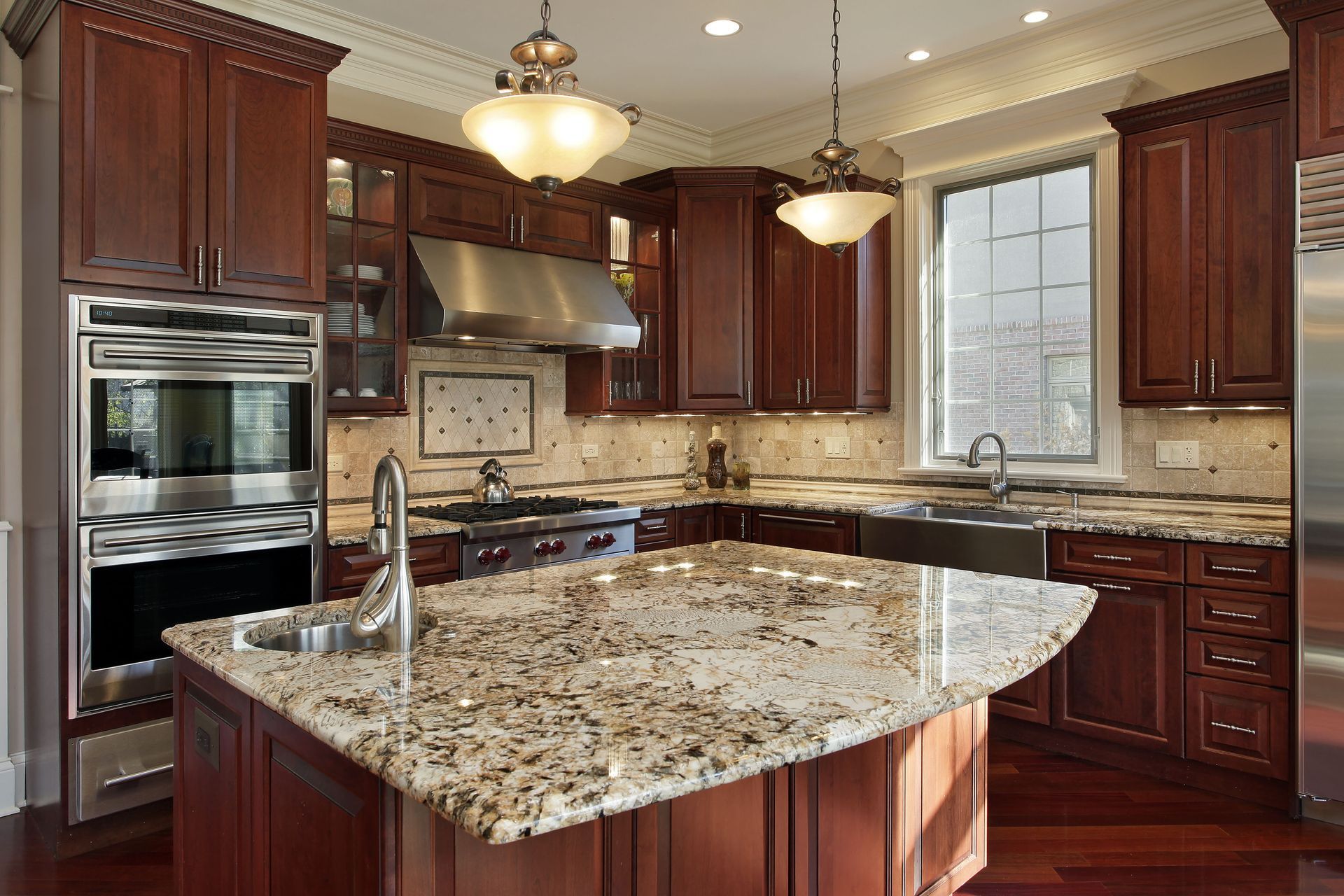
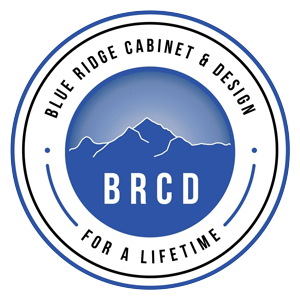
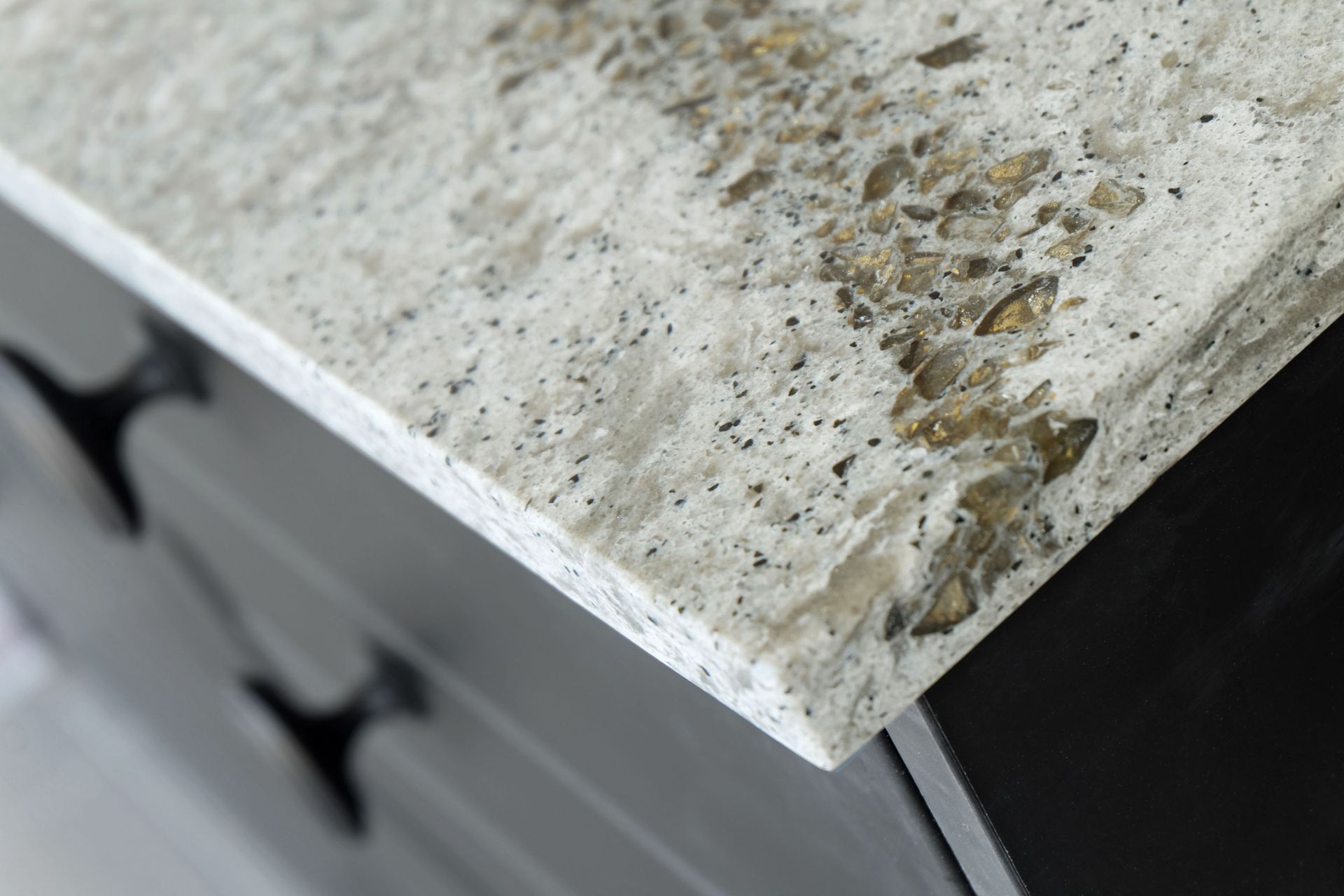
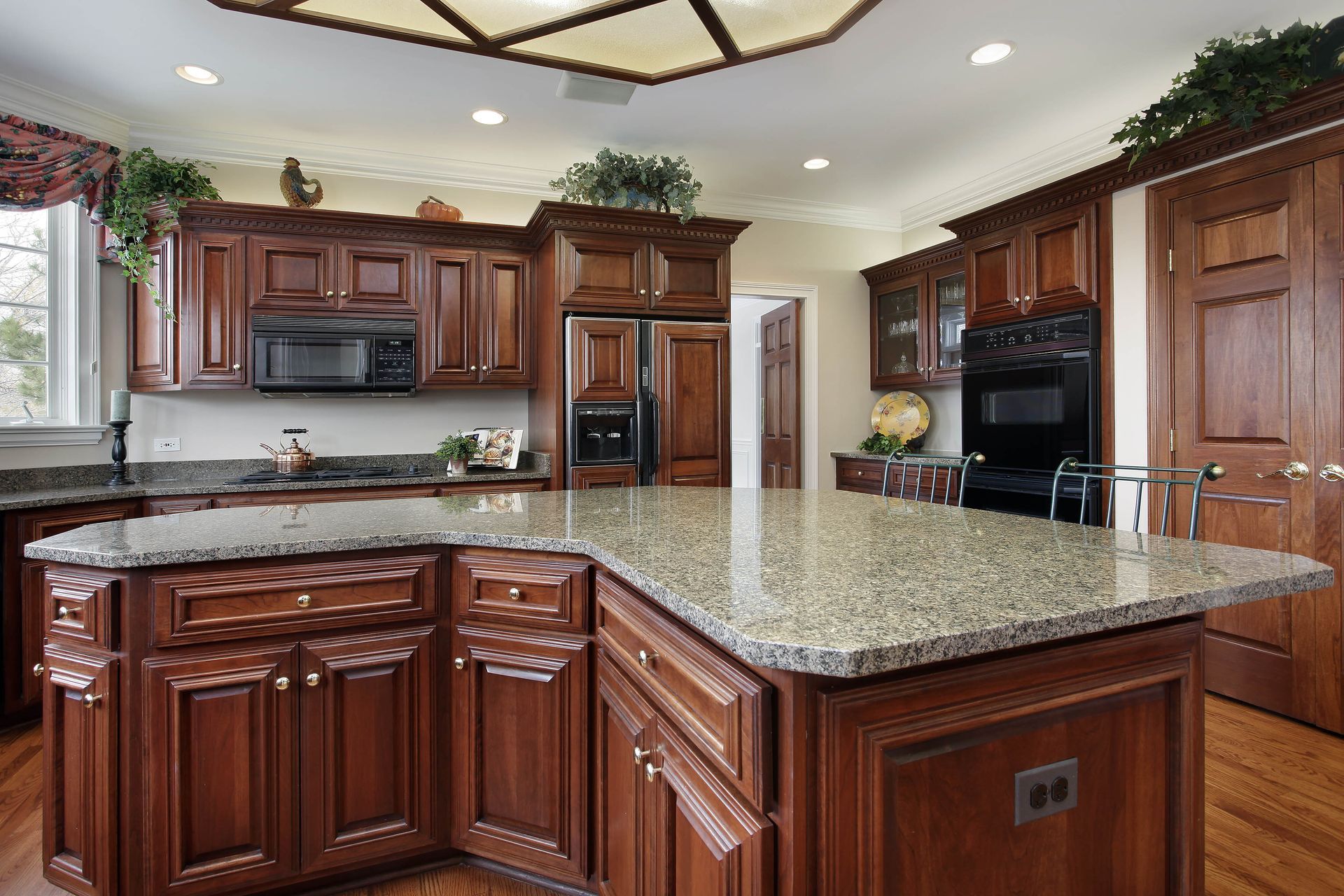
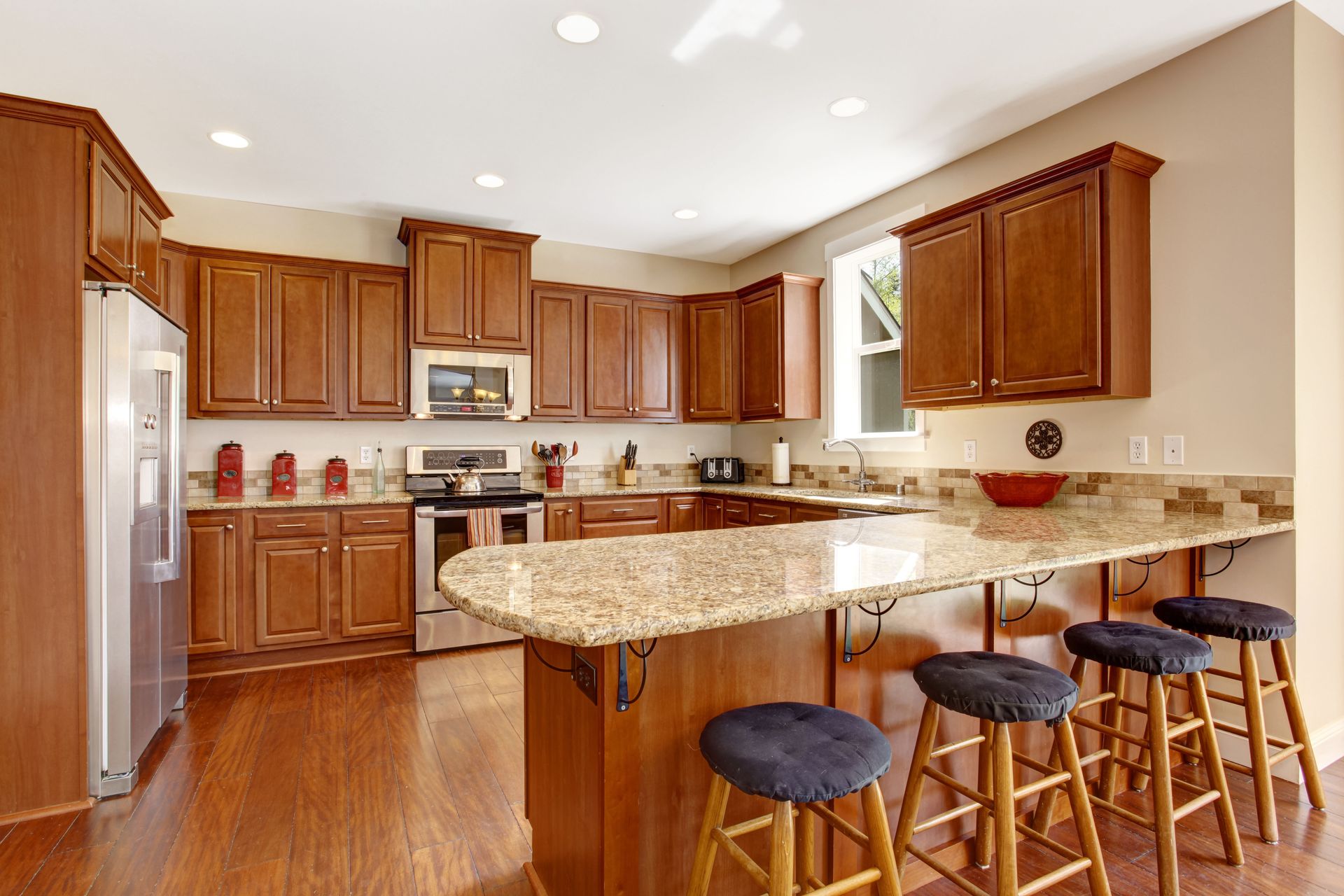
Share On: